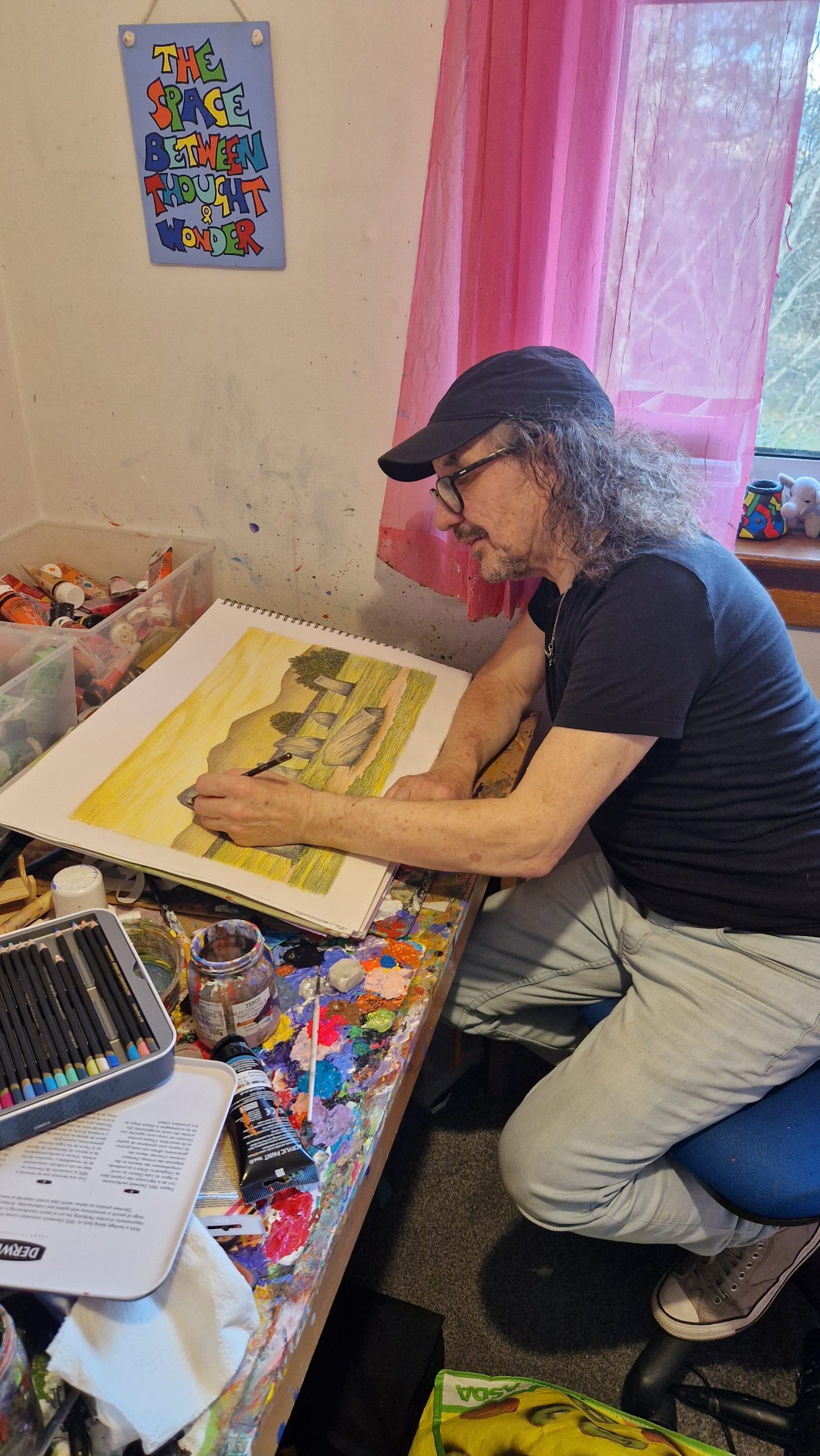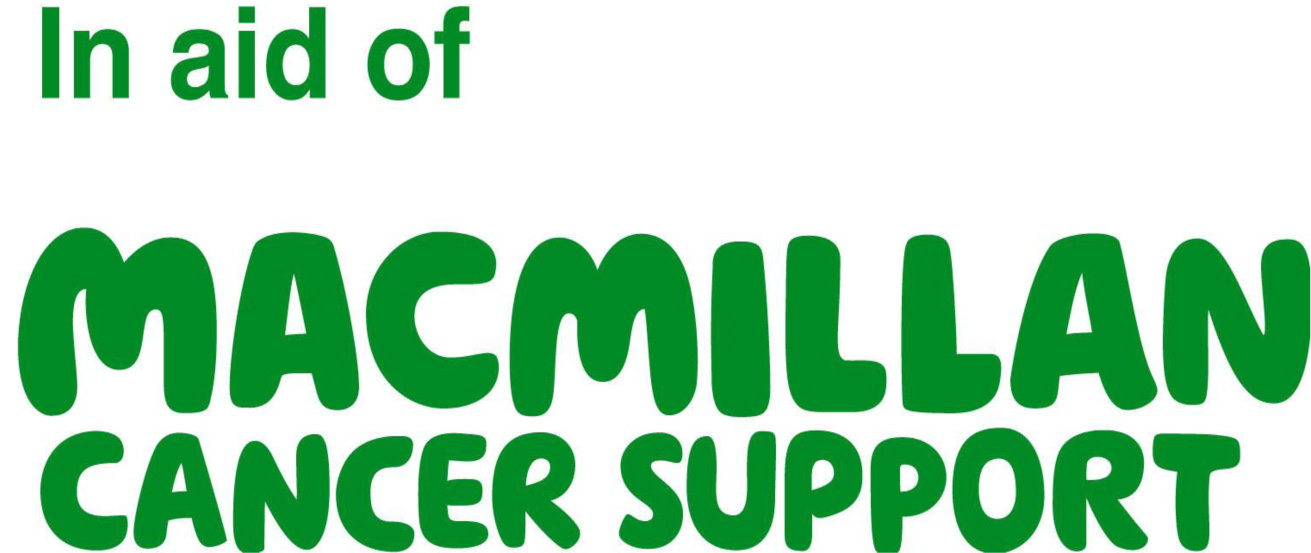Artist story
How art is helping to fight cancer in Edinburgh

Husband and wife team use art to make a real difference
The Edinburgh Macmillan Art Show has established itself as part of Edinburgh’s cultural calendar over the past two decades. Husband and wife, Bobby and Janine Rennie, epitomise why artists are so keen to give their time and effort to be part of the show.
Today, according to the NHS, one in two people will contract some form of cancer during their lifetime. It’s a sad fact that virtually everybody has direct experience of dealing with the affects of cancer – either personally or with family or friends.
Thanks to the outstanding efforts of charities such as Macmillan Cancer Support, great strides are being made in the prevention and cure of cancers. However, there is still a lot of work to do.
In the case of Bobby and Janine Rennie, cancer has touched both their lives.
Janine says: “My grandfather, grandmother and aunt all passed away due to cancer. I am disabled with what could be a life limiting illness and I understand how it feels to have a devastating diagnosis and then live with very challenging symptoms. I feel very strongly about being able to give support in some way.”
Bobby has a similar story: “When my dad was suffering with prostate cancer, he went to the Beatson Cancer Centre in Glasgow. Macmillan Cancer Support were there for him and it made a huge difference to him and our family. We were all very grateful for the great work the charity did.”
Harnessing the power of art
Bobby describes himself as a painter of
realist landscapes although his work has developed into surrealist abstract works.
“Much of my work is about living each day with health challenges and the way that beauty inspires me to keep going.”
The type of surrealist works that Bobby produces come from his background in landscapes allowing colours and shapes to dynamically develop a panoramic canvass. Although he sounds a little unkind about the work that he has entered for this year’s exhibition!
“The painting in the Macmillan show has no thought process. I didn’t sit down and think I want to paint this. It just starts as lines and shapes and naturally evolves from there,” comments Bobby. “I’m not saying there’s no skill in doing it but it allows for anyone to just free their expression and start creating.”
He says: “Both surreal and abstract forms of painting are great when you begin with neurodiverse art. It enables you to focus on the creative side of things and let the skills develop as they will. Often people don’t really know what they want to do or what they want to say. So, they can just start and see what happens.”
A means of expression
Janine has almost 30 years experience in the third sector, with 20 years as a charity CEO, working in the field of trauma and mental health. She is committed to challenging discrimination and helping people to reach their potential.
“Painting is a huge part of my life and a means of expression. I am a disabled person with lupus so art is a wonderful way for me to escape my pain. Much of my work is about living each day with health challenges and the way that beauty inspires me to keep going,” concludes Janine.
